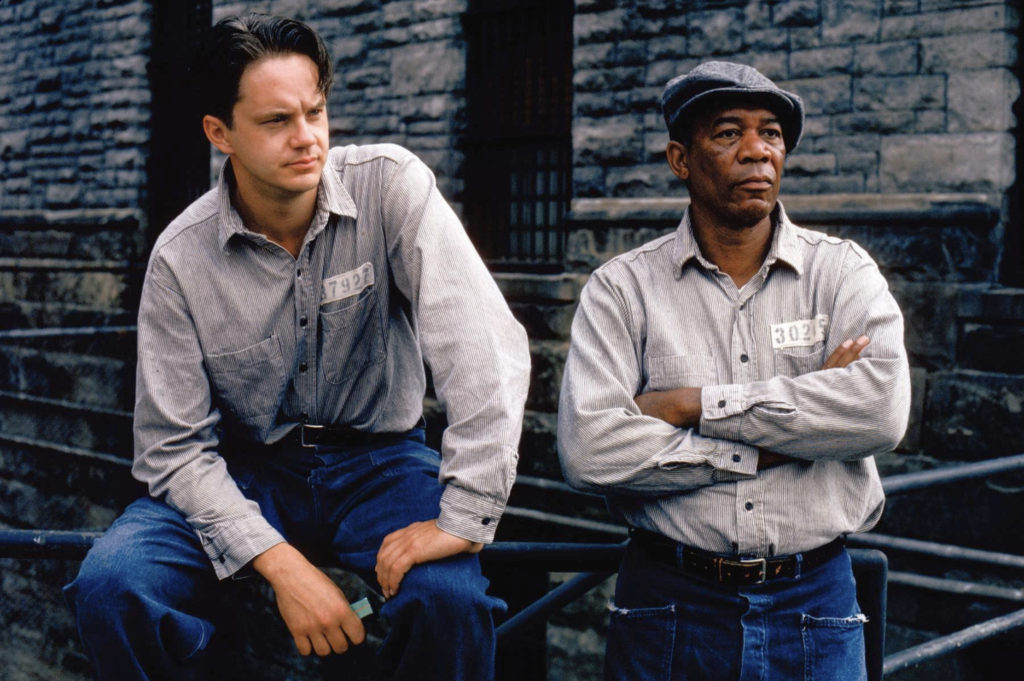cinematographer
director
editor
cinematographer
director
editor
Narration – the use of spoken commentary to convey a story to an audience.

Leitmotif – a recurring theme throughout a film, associated with a particular person, idea, or situation


Foley Artist – a person who re-creates and records sounds heard in films using an arsenal of props

Foley is the reproduction of sound effects that will be used in the film in post production
a recurrent theme throughout a musical or literary composition, associated with a particular person, idea, or situation.
(Oxford Dictionary)

One inspirational professional is Tim Burton, The director of Corpse Bride and other similar films. His work is eerie and mysterious which is really inspirational to me as it leaves a load of suspense on the audience which creates the best types of films as it follows the film style which had a beginning, middle and end.
Corpse Bride is supposedly based on actual events that occurred in 19th century Russia, at a time when anti-Semitism was widespread in Eastern Europe. Very often, bands of anti-Semites would waylay a Jewish wedding party on their way to the wedding.
Timothy Walter Burton is an American film director, producer, writer and artist. He is known for his gothic fantasy and horror films such as Beetlejuice, Edward Scissorhands, The Nightmare Before Christmas, Ed Wood, Sleepy Hollow, Corpse Bride, Sweeney Todd: The Demon Barber of Fleet Street, and Frankenweenie
Britannica-
https://www.britannica.com/biography/Tim-Burton


Director-
Directors are the creative leads of the film. They hold the creative vision throughout the whole process, from pre-production through to the final edit. They are employed by the executive producer or producer, who is ultimately in charge of a production.
Directors tell actors what they want done and where to stand what to-do and also share their creative vision for the film with the team to help produce the best film possible for the public audiences.
Cinematographer-
a cinematographer is in charge of the camera and the lighting crew. They’re the person responsible for creating the look, colour, lighting, and for framing of every single shot in a film.
The cinematographer controls the camera and what the camera does and how it moves. The angles of the camera is decided by the cinematographer and the cinematographer has to use lighting to control how light or dark something appears on camera. This is why the cinematographer also has reign over the lighting to ensure that people can be seen on camera.
Editor-
An editor manages material such as camera footage, dialogue, sound effects, graphics and special effects to produce a final film or video product. This is a key role in the post-production process and your skills can determine the quality and delivery of the finished result.
The editor puts all the clips together to produce the final product to the audience. The editor also choses the best clips and best shots to go into the film.